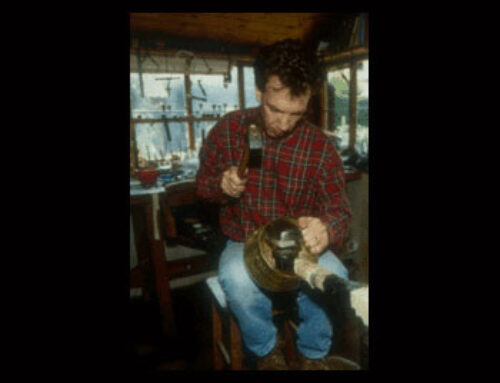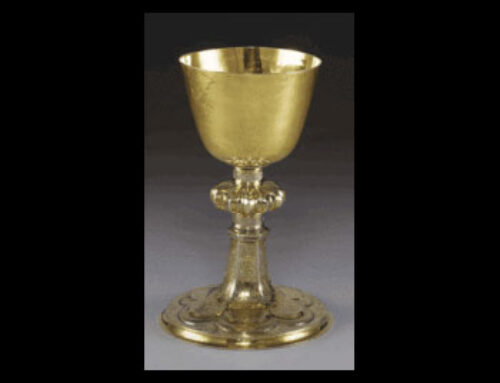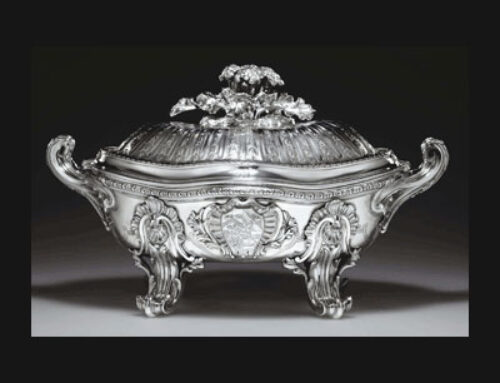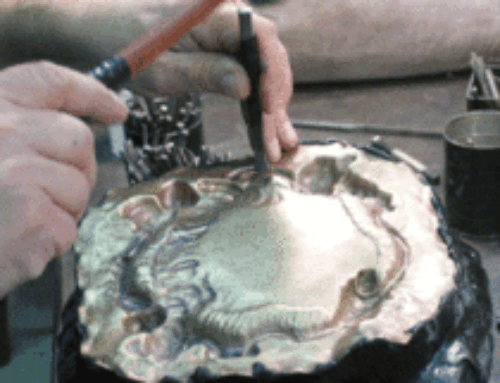For hundreds of years currency and objects made of silver were, by law, of the same alloy. Wrought plate could be converted into currency, and vice versa.
Before banking was formalised many goldsmiths acted as bankers and their dual role continued into the eighteenth century. Ownership of objects in silver and gold was both an investment and a way of showing off wealth and status.
Most European countries developed a system of assaying and marking silver as a form of consumer protection: in England hallmarking was introduced in 1300, in France some 30 years earlier. Each country required different standards and developed its own system of marks. In England Sterling standard is 925/1000 and Britannia standard 950/1000, however some silversmiths today work in 999/1000 silver. Several countries within the EU now use a common regulatory system that also allows other standards, eg 800 or 835/1000. Gold and platinum are assayed and marked too.
Marks tell you where and when an object was assayed, the quality of the silver and who sponsored the piece (maker or retailer) when it was sent for assay. There are numerous books on the subject.
In times of personal hardship or political upheaval plate was melted and converted into currency, resulting in major losses that affected some countries more than others at different times. Silver, like many other things, is also a victim of fashion but its great advantage is that outdated and worn items can be melted and remade in the latest taste; it has constantly been recycled. Because of this, the weight of an object is of particular relevance and this can sometimes be found engraved on the base.
The word ’plate’ (from the Spanish plata) refers to items made of silver. Sheffield Plate and Electroplate (plated wares) are items of copper or nickel plated with silver. Such pieces are sometimes marked but, because they are made of base metals, are not governed by hallmarking statutes.
View list of relevant Silver Studies articles




